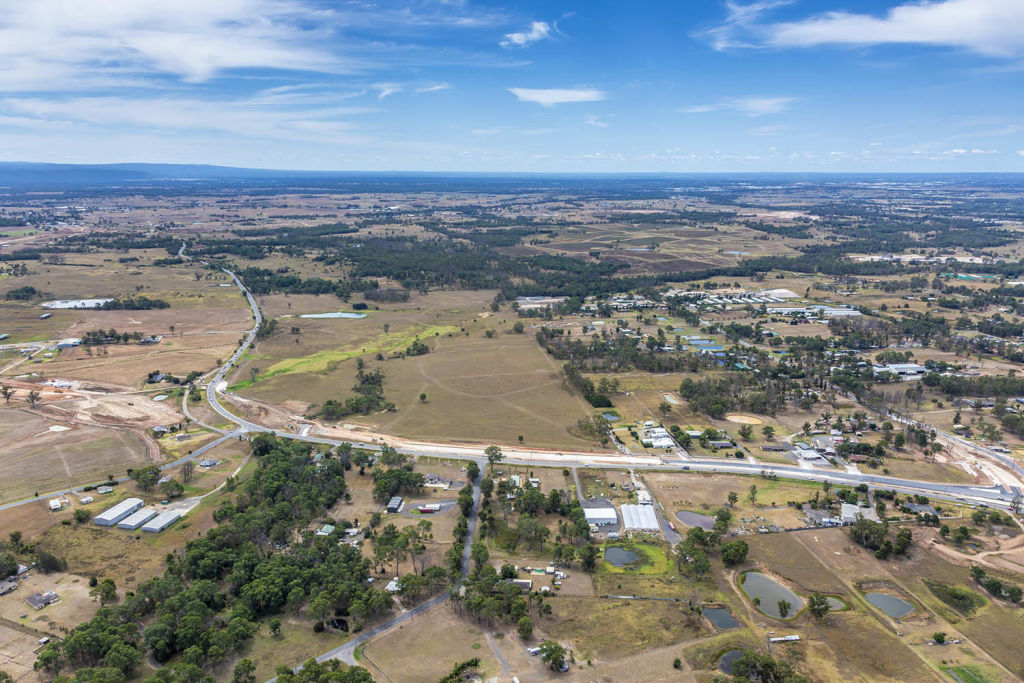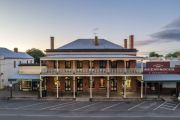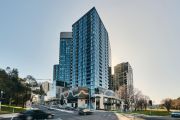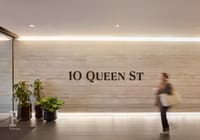
Demand for land intensifies at second Sydney airport
A shortage of zoned service land around the new Western Sydney Airport has forced developers to look further afield and even interstate as the state government and land owners work towards the rezoning of land to begin laying the foundations for the precincts set to surround the new airport.
“Obviously everyone wants it [the rezoning] to happen sooner rather than later but no one is really championing to fast track it, but there is a real shortage of land,” CBRE’s Pacific, industrial and logistics regional director Cameron Grier said.
“It’s a real issue at the moment for big users and people will potentially look at going to Melbourne.”
Knight Frank South West Sydney director in charge Terry Hassan said with the Western Sydney Airport due to open in 2026, a new State Environment Planning Policy (SEPP) for the Western Sydney Aerotropolis was expected to be released by the Department of Planning and Environment by the end of the year and this would form the basis for the rezoning of lands within the aerotropolis.
“We do know, though, through the release of the stage-one draft ‘Western Sydney Aerotropolis Land Use and Infrastructure Implementation Plan’ [LUIIP], that the northern gateway, aerotropolis core and South Creek will be the precincts focused on initially by government for rezonings,” he said.
“This is interlinked with government’s commitment for the North-South Metro, which will partly fall within the northern gateway, to be in place and operational by the opening of the airport.”
CBRE Western Sydney and South Sydney managing director Frank Oliveri said demand from institutional developers looking to secure a footprint in areas surrounding the airport site had increased over the past 12 to 18 months.
“As key milestones are reached on the development of Sydney’s second airport at Badgerys Creek, the level of interest from groups looking at potential residential and industrial development opportunities in the area strengthens,” he said.
“With the discussions of this new growth precinct now a greater reality, developers and investors are now willing to pay for that reality.”
Mr Hassan said stage two of the aerotropolis plan would provide further guidance and insight into the government’s intentions for rezoning land around the new airport.
When finalised, the LUIIP will be the basis for a rezoning of lands within the aerotropolis through the new SEPP, providing more insight into the uses that each precinct will permit, he said.
“The SEPP will also outline how developers will be able to accelerate their planning, particularly as a way to attract business investment and job growth within the area. As another option to fast-track development, landowners will be able to submit ‘out of sequence’ proposals to develop land early,” he said.










